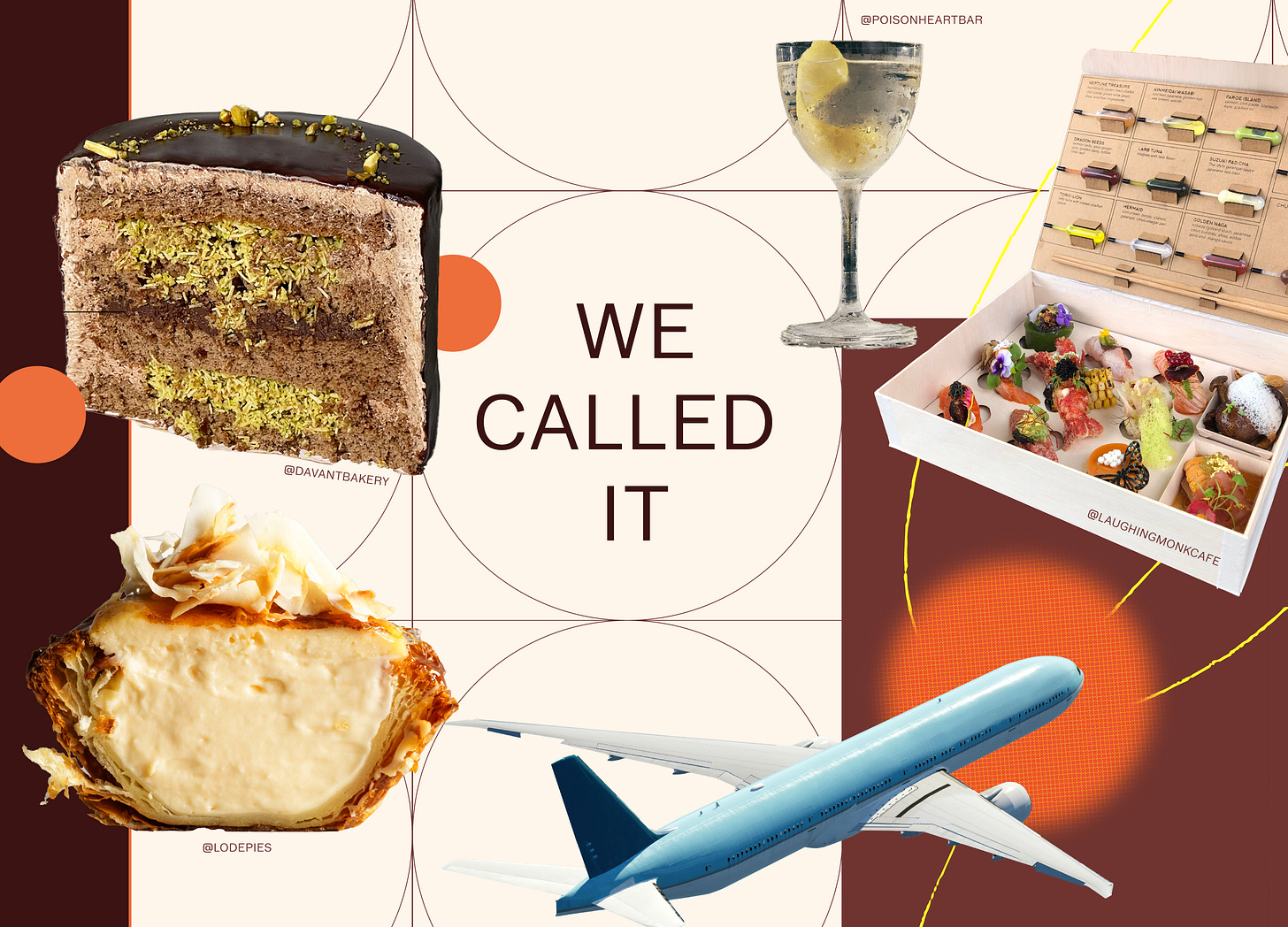Our 2025 Hospitality Trends Report: A Midyear Check-In
What's taken off, what’s still simmering, and where the next breakthroughs are bubbling up.
It’s July, which means we’re officially halfway through the year—and six months into the predictions we laid out in the 17th edition of our af&co. + Carbonate Hospitality Trends Report, published in November 2024. So we thought we’d pause, check our rearview, and ask: how are we doing?
Our report cited over 60 individual trends across restaurants, food, …



